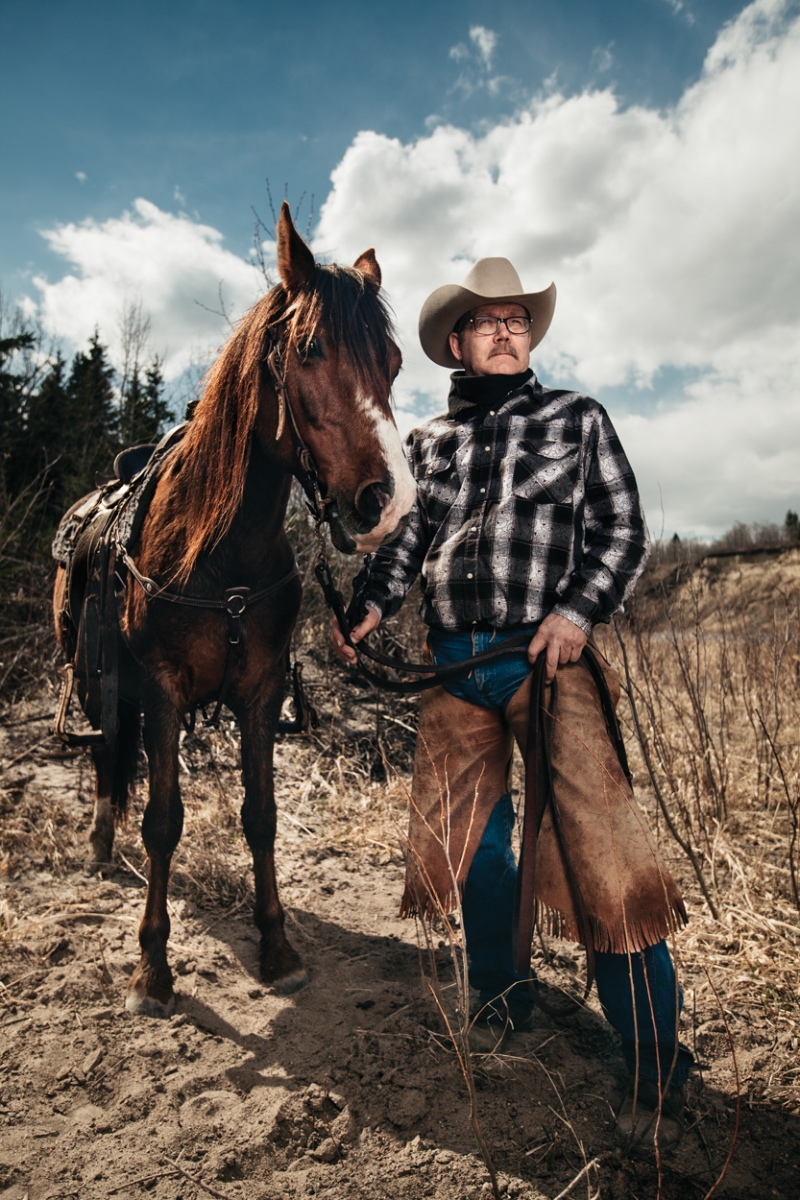Coincidentally, there is a pool of water located close to the pylon – and the map shows that one of the flags should be in the vicinity. After a little searching, we find our second flag. I’m starting to get excited – maybe we’ll be able to finish the race.
But, then, when we look again at the map, we realize the two remaining flags are actually closer to where we started. The only way we’ll make it is by traversing a large open area, where the possibility of getting caught is very high.
We step outside the comfort of the trees. That’s when he appears, facing us about 30 metres in the distance, right where we need to go. I look at Jeff, and his eyes are wide like those of the deer we’d scared earlier.
“I think he saw us,” I say, but Jeff has already run at full speed back into the trees, taking cover behind a bush with spindly branches. I make a move to run, but trip on my laces, which have come apart in a hot pink mess on the forest floor.
We don’t hear the horse until he’s right in front of us.
“I got ya!” Martens exclaims, his eyes belaying an excitement that’s only outshined by Hummer. The horse, a Morgan who has spent 10 years with Martens, shakes his head, blowing through flared nostrils, while jogging in one spot. He loves the thrill of the catch as much as, if not more than, the chase.
“If you hadn’t seen us in that opening, we might have made it,” I say.
But Martens admits he hadn’t noticed us. Hummer was the one who directed him towards us. “He doesn’t back down from anything or anyone,” Martens says with pride.
Over the last three years, Hummer and Martens have tracked people from all walks of life, from ex-military members in full camouflage to people who just like a nice outdoor stroll. And, Martens says, you never know how people will react when adrenalin kicks in. One participant acted as a decoy, tricking Martens into tending to a fake injury while his friends got away. Another man high-tailed it when Martens arrived, leaving his young son to be caught.
Jeff and I walk back to the restaurant; his foot is blistering, and I’ve been slapped in the face by a rogue tree branch. But it’s all worth it – it’s our most adventurous walk in the wilderness yet.
